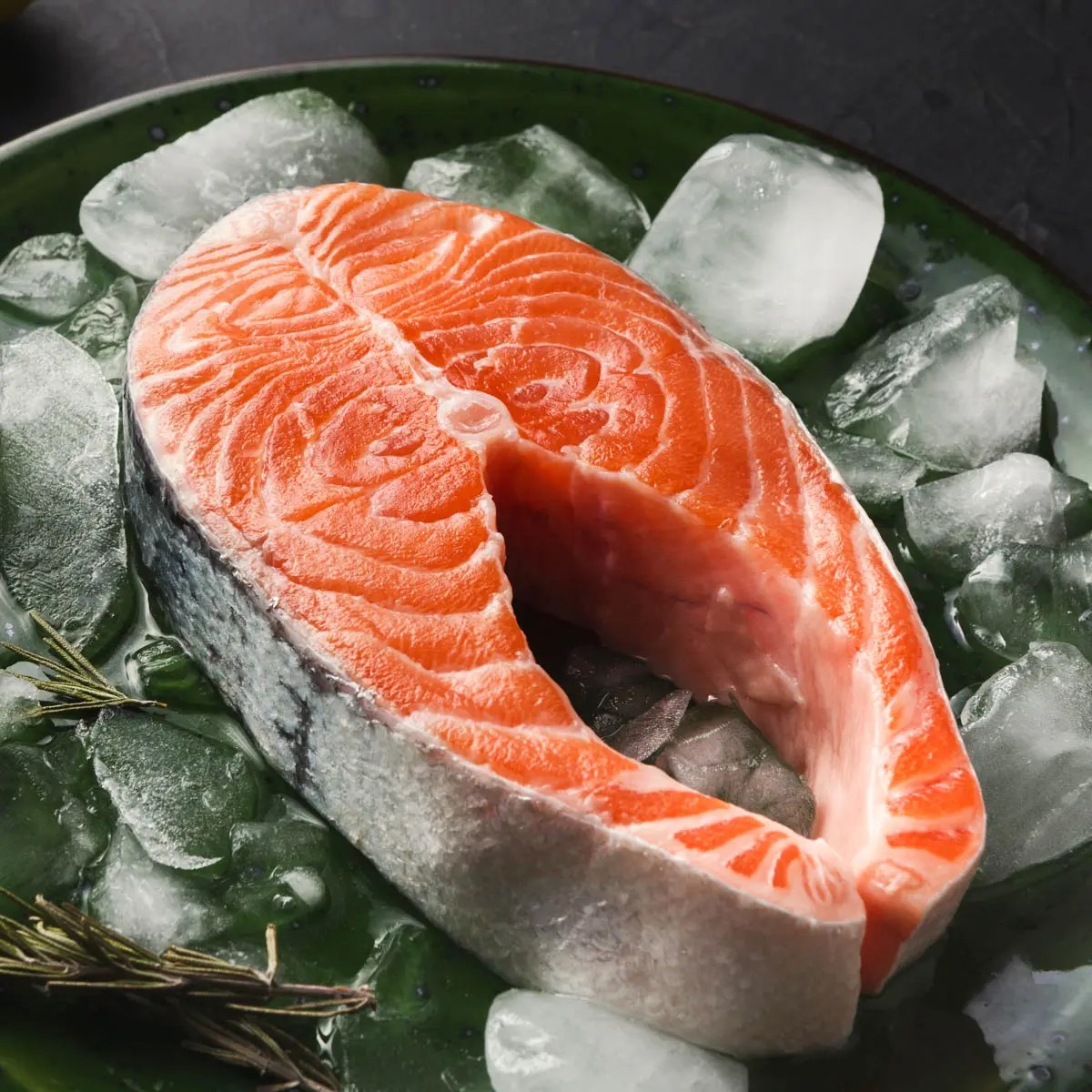When it comes to seafood, salmon is one of the most popular choices among food lovers around the globe. However, not all salmon is created equal, and one of the biggest concerns for consumers is the freshness and quality of the fish they purchase. Spoiled salmon can pose serious health risks, and understanding how to identify it is crucial for anyone who enjoys this delicious fish. In this article, we will explore the signs of spoiled salmon, the potential dangers of consuming it, and tips for ensuring that your salmon remains fresh and safe to eat.
Salmon, whether wild-caught or farmed, is a nutritious source of protein and omega-3 fatty acids. However, like all seafood, it has a limited shelf life. Spoiled salmon can not only ruin your culinary experience but can also lead to foodborne illnesses. It is essential to be aware of the factors that contribute to spoilage, including temperature, storage methods, and the duration of time salmon has been stored.
In this comprehensive guide to spoiled salmon, we will answer common questions about the signs of spoilage, how to properly store salmon, and what to do if you suspect your fish has gone bad. By the end of this article, you will be equipped with the knowledge to make informed decisions about the salmon you consume.
What Are the Signs of Spoiled Salmon?
Identifying spoiled salmon can be challenging, especially if you are not familiar with the common signs of spoilage. Here are some key indicators to look out for:
- Unpleasant Odor: Fresh salmon should have a mild scent reminiscent of the ocean. If the fish emits a strong, sour, or ammonia-like smell, it is likely spoiled.
- Discoloration: Look for changes in color. Fresh salmon typically has a vibrant pink or orange hue. If you notice dull, gray, or brown spots, the fish may be spoiled.
- Texture Changes: Fresh salmon should feel moist and firm to the touch. If the fish feels slimy or has a mushy texture, it is a sign of spoilage.
- Expiration Date: Always check the sell-by or expiration date on the packaging. Consuming salmon past its expiration date increases the risk of spoilage.
How Can You Prevent Salmon from Spoiling?
Preventing salmon from spoiling is all about proper storage and handling. Here are some effective tips to keep your salmon fresh:
- Store at the Right Temperature: Refrigerate salmon at 32°F (0°C) or lower. If you plan to keep it for more than a couple of days, consider freezing it.
- Use Airtight Packaging: Store salmon in airtight containers or vacuum-sealed bags to minimize exposure to air and moisture.
- Keep it Cold: When purchasing salmon, ensure that it is displayed on ice or in a refrigerated case to maintain its freshness.
- Limit Time at Room Temperature: Avoid leaving salmon out at room temperature for extended periods. If the fish has been sitting out for more than two hours, it should be discarded.
What Should You Do If You Accidentally Eat Spoiled Salmon?
If you suspect that you have consumed spoiled salmon, it is crucial to monitor your health closely. Common symptoms of foodborne illness may include:
- Nausea
- Vomiting
- Diarrhea
- Stomach cramps
In severe cases, food poisoning can lead to dehydration or more serious complications, particularly in vulnerable populations such as young children, the elderly, or individuals with weakened immune systems. If you experience any of these symptoms after consuming potentially spoiled salmon, it is advisable to seek medical attention as soon as possible.
How Does Spoiled Salmon Affect Your Health?
Consuming spoiled salmon can lead to various health issues, primarily due to the presence of harmful bacteria such as Salmonella and Listeria monocytogenes. These bacteria can cause serious gastrointestinal infections and may even lead to long-term health complications. Here are some health risks associated with eating spoiled salmon:
- Food Poisoning: The most immediate risk is food poisoning, which can cause severe discomfort and illness.
- Allergic Reactions: Some individuals may experience allergic reactions to spoiled fish, leading to symptoms such as hives, swelling, or difficulty breathing.
- Long-Term Health Issues: In some cases, consuming contaminated seafood can lead to chronic health issues, including kidney damage or other systemic effects.
Can You Safely Cook Spoiled Salmon?
Cooking spoiled salmon is not a safe option. While cooking can kill some bacteria, it does not eliminate the toxins that may have developed while the fish was spoiling. It is always best to err on the side of caution and avoid consuming fish that shows any signs of spoilage.
What Are the Best Practices for Buying Fresh Salmon?
To ensure that you are purchasing fresh and safe salmon, consider the following best practices:
- Buy from Reputable Sources: Purchase salmon from trusted fishmongers or grocery stores that prioritize quality and freshness.
- Ask Questions: Don’t hesitate to ask the fishmonger about the source and handling of the salmon.
- Inspect the Fish: Look for clear eyes, bright skin, and a fresh scent when purchasing whole salmon.
- Check for Ice: Ensure that the salmon is being displayed on ice or in a refrigerated case.
Conclusion: Stay Informed About Spoiled Salmon
Being knowledgeable about spoiled salmon is essential for anyone who enjoys this delicious fish. By recognizing the signs of spoilage, understanding how to store salmon properly, and knowing the potential health risks, you can make informed decisions about the seafood you consume. Remember, when in doubt, it’s always best to discard any fish that raises suspicion to ensure your health and safety. By following the guidelines outlined in this article, you can enjoy the rich taste and numerous health benefits of salmon without the risk of spoilage.


